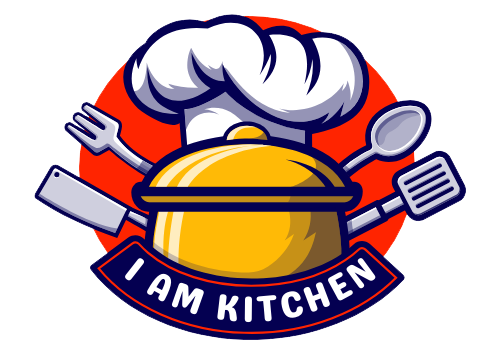Wood cutting boards are a staple in many kitchens, but they require regular cleaning and care to ensure they stay in good condition and free of bacteria. In this article, we will cover some essential tips on “how to clean and care for your wood-cutting board” to ensure its longevity and safety for use.
Cleaning Your Wood Cutting Board
Cleaning your wood cutting board after each use is essential to keep it free from bacteria and prevent contamination. You can effectively clean your board by following these easy steps:
Step 1: Scrape off any excess food particles from the surface of the board using a scraper or a bench knife.
Step 2: Use a damp cloth or sponge and mild soap to clean the surface of the board thoroughly. Abrasive cleaners should be avoided because they can damage the wood.
Step 3: Rinse the board with hot water, and use a clean cloth to dry it thoroughly. Avoid leaving the board to air dry as this can lead to warping and cracking.
Step 4: To disinfect the board, you can use a mixture of water and white vinegar or hydrogen peroxide. Mix one part of the disinfectant with three parts of water and use a spray bottle to apply it to the surface of the board. Allow it to sit for a few moments before wiping it down with a damp cloth.
Step 5: To remove any stubborn stains or odors, you can use a paste made from baking soda and water. Apply the paste to the surface of the board, scrub it gently with a brush or sponge, and rinse it off with hot water.
Caring for Your Wood Cutting Board
Proper care is essential to ensure the longevity of your wood-cutting board. Here are some tips to help you take care of your board:
- Oil your board regularly: Wood cutting boards need regular oiling to prevent them from drying out and cracking. Use a food-grade mineral oil or coconut oil to coat the surface of the board, and let it soak in for a few hours before wiping off any excess oil with a clean cloth.
- Avoid soaking the board: Wood is porous, and soaking your board in water can lead to warping and cracking. Instead, clean the board quickly and dry it thoroughly after each use.
- Store the board properly: Store your wood-cutting board in a dry and cool place away from direct sunlight. Avoid stacking heavy objects on top of the board, as this can cause it to warp.
- Sand the board occasionally: Sanding your board can help to remove any scratches or stains on the surface. Use fine-grit sandpaper and sand in the direction of the grain to avoid damaging the board.
- Replace your board when necessary: If your board has deep cracks, warping, or signs of mold or mildew, it’s time to replace it. A damaged board can harbor bacteria and compromise the safety of your food.
- Use separate cutting boards for different food types: To prevent cross-contamination and the spread of bacteria, it’s best to use separate cutting boards for different food types. For example, use one board for meat and another for vegetables.
- Don’t use the dishwasher: Wood cutting boards should never be washed in the dishwasher as the heat and moisture can cause them to warp and crack. Stick to hand washing and proper drying methods instead.




